The big question of the week was finally answered today. By God’s good grace, we made it to Robit today. We are on the beginning edge of the rainy season, which is starting a little late this year, so it worked in our favor!
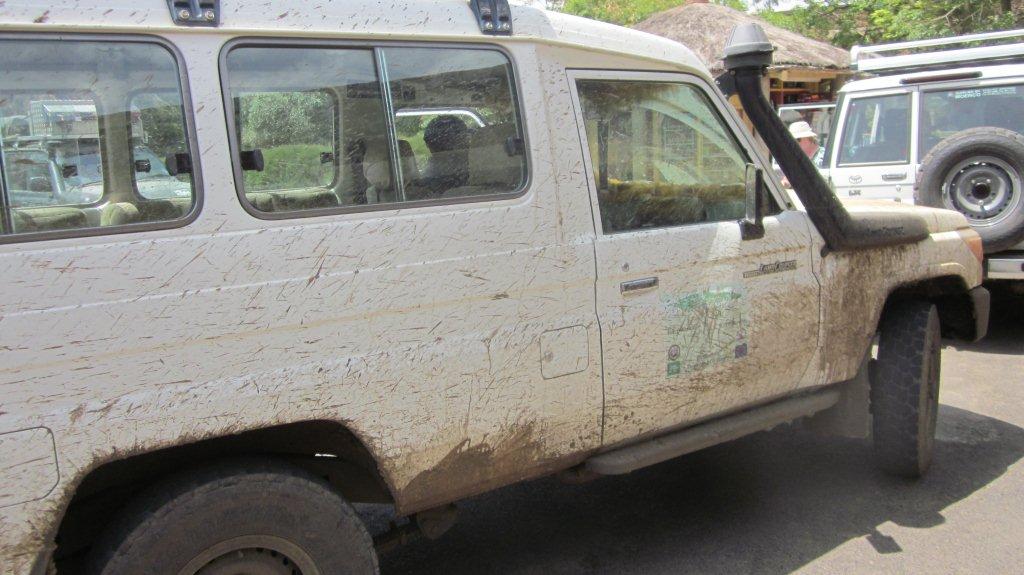
Robit is about 1 ½ hour’s drive from Gondar on a good day. It is good road all the way except the last 25 kilometers or so. This time of year as the rainy season begins, the road turns to mud hole after mud hole, bump after bump, so it is very difficult to navigate. Today our partners provide two expert drivers and two 4WD Toyota Land Cruisers. One almost gets stuck, but the driver breaks it loose on his own. We arrive in Robit with our cars bathed in a fresh coat of mud and everyone received a free African Massage (Jill’s name for the rough ride!) on the way. Soon this road to Robit will be impassable to vehicles until after the rainy season, usually late October.
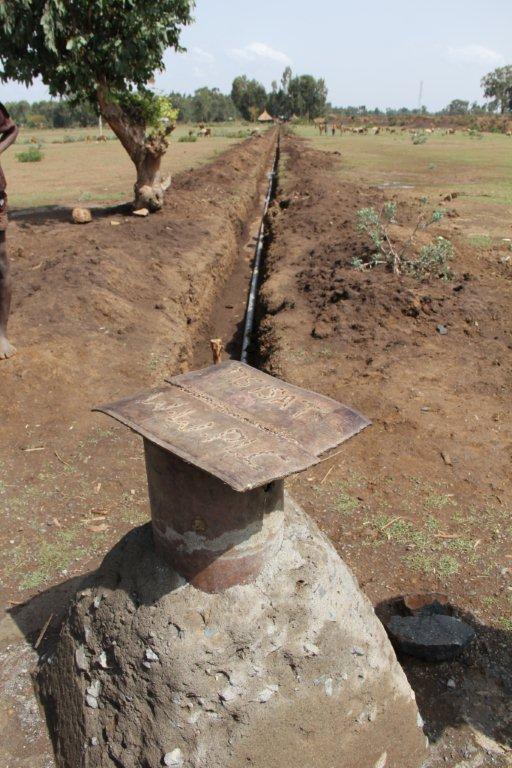
After arriving in Robit, we go immediately to the deep bore hole site. W2T has funded a water system for this community of about 7,000 as part of a Glimmer Integrated Community Development. Our project consists of the deep borehole well (300 feet deep), a 50,000 liter reservoir, 8 water points in the community and all the pipeline to interconnect the system. The borehole was completed last November so it is now capped, awaiting the completion of the rest of the system. At the borehole, we are excited to see the long length of pipeline stretching away from the borehole to eventually deliver water to reservoir.
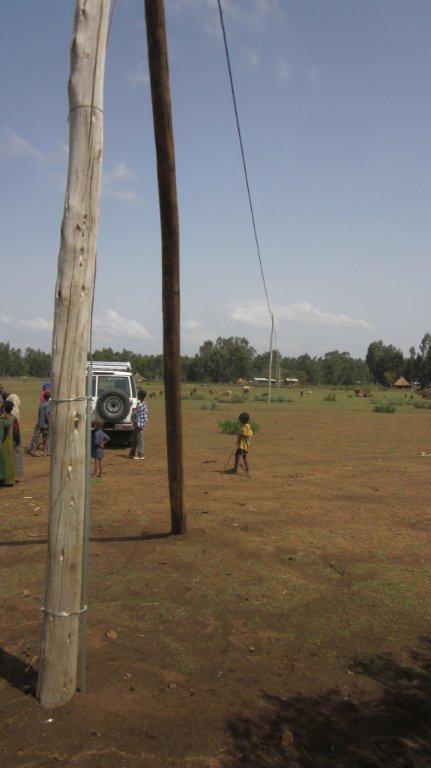
When the project was started in early 2011, Robit did not have electricity. The most economical way to drive the pump is with electricity, so we are equally excited to see that the wiring for electricity has been brought from the closest town, not only to Robit, but also directly to the borehole well site. There are transformers that need to be added to the system, but soon the town of Robit and our water project will have electricity!
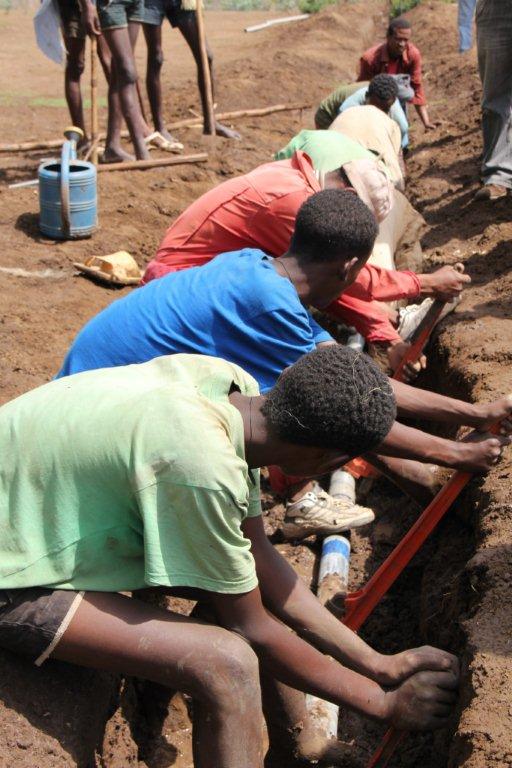
As we drive away from the borehole site, we see the crew laying and connecting the pipeline to the reservoir. We stop to talk with the crew and watch them add a new piece to the pipeline. This section of the pipeline is 2 ½ inch heavy metal piping, so it takes a number of workers to handle the pieces. It also takes an expert hand to properly align the treads and insure that joint is properly sealed so that there are no leaks. At this pace, the pipeline will soon be all the way to reservoir location.
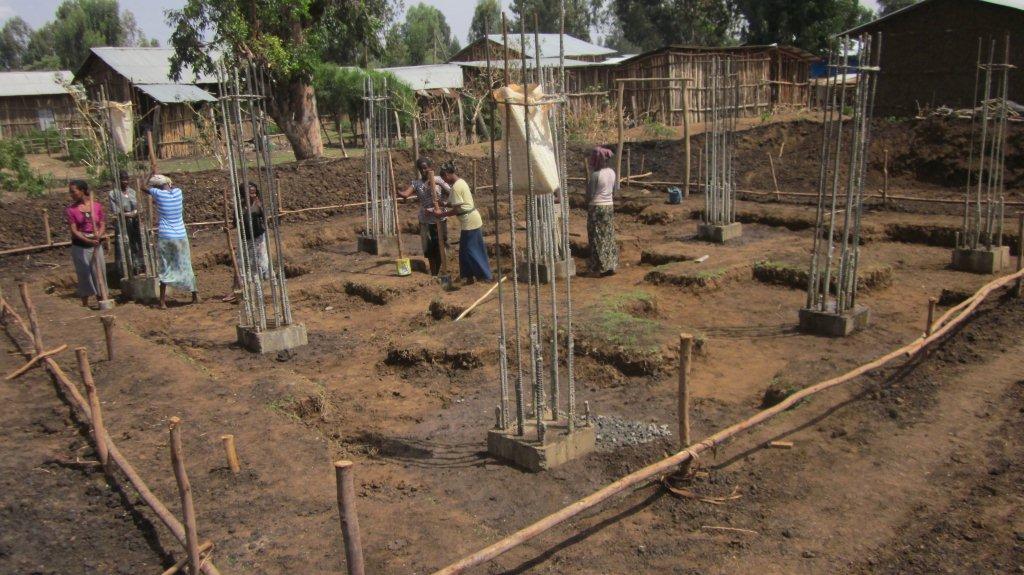
Our next stop is at the planned site for the reservoir. To get the proper pressure head for supply water to all of the 8 water points, the reservoir will be installed about 30 feet above the ground on a concrete platform. The site is currently in preparation for the reservoir. The ground base has been constructed and the metal rebar for the 9 concrete columns that will support the reservoir are in place. Today, women workers are tamping the soil in the base to insure it is compacted. All of the W2T team gets to join and help with the process.
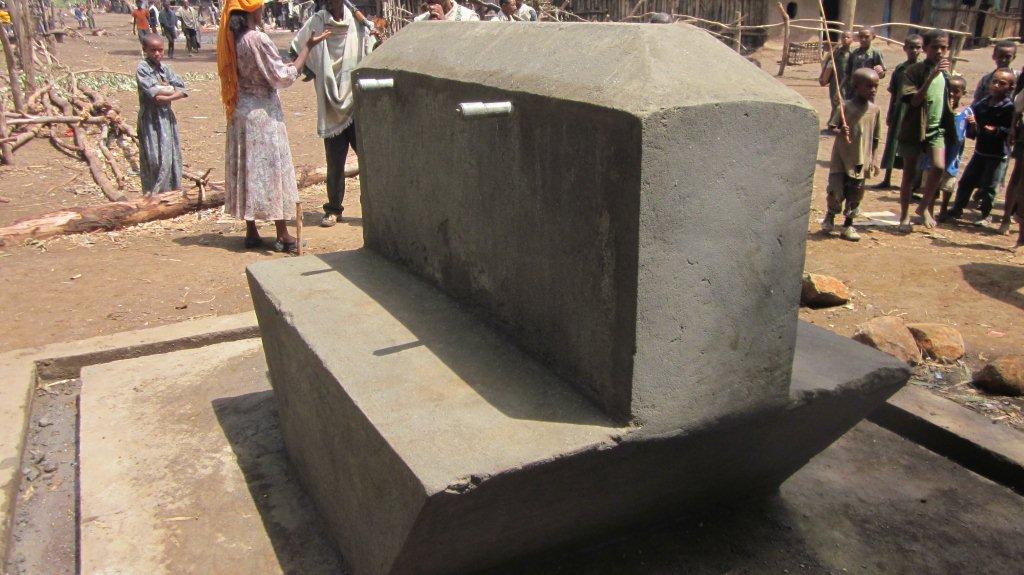
From the reservoir, we walk to the middle of town to check out one of the 8 water points. The platforms and cement structure for all the water points are in place, awaiting connection to pipeline network and finish of the faucets, etc. The water points will have 4-6 faucets on each, serving not only the community, but also serving each of the health clinic, primary school and high school. With the completion of this network of water points, people living in the village should be no farther than a 15 minute walk for clean safe water!
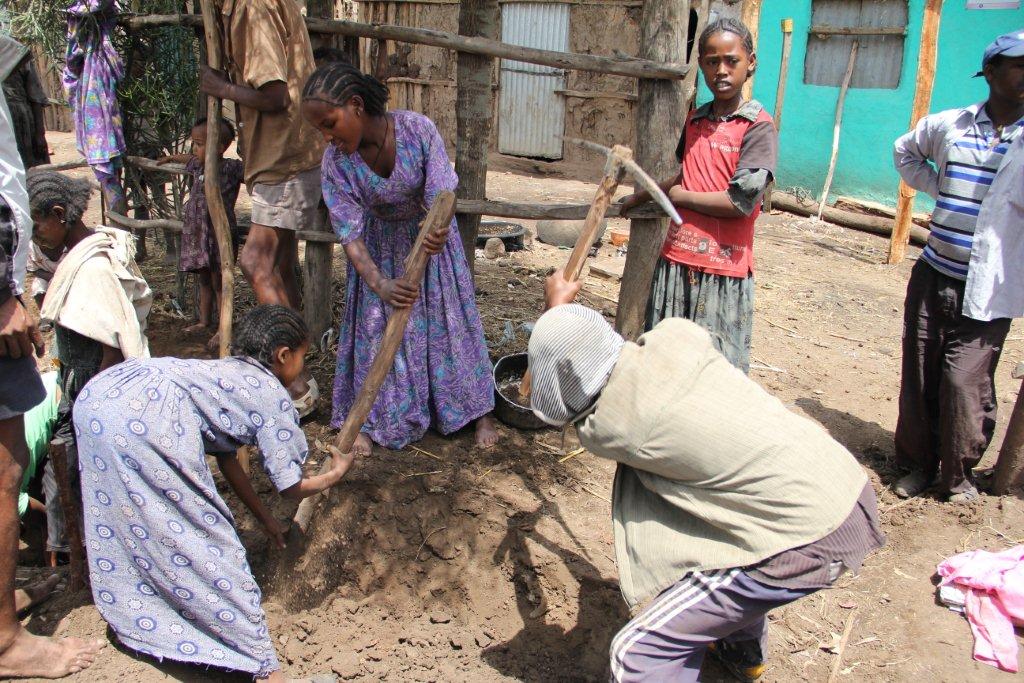
We walk a short distance from the water point, down one of cross roads in the village to see about 20-30 Robit community members hard at work digging and preparing the trench for the pipeline network. This back-breaking work represents the communities contribution to the project. They are providing all of the labor for the trenching of the pipeline network. All ages of men and women pitch in to help with the work.
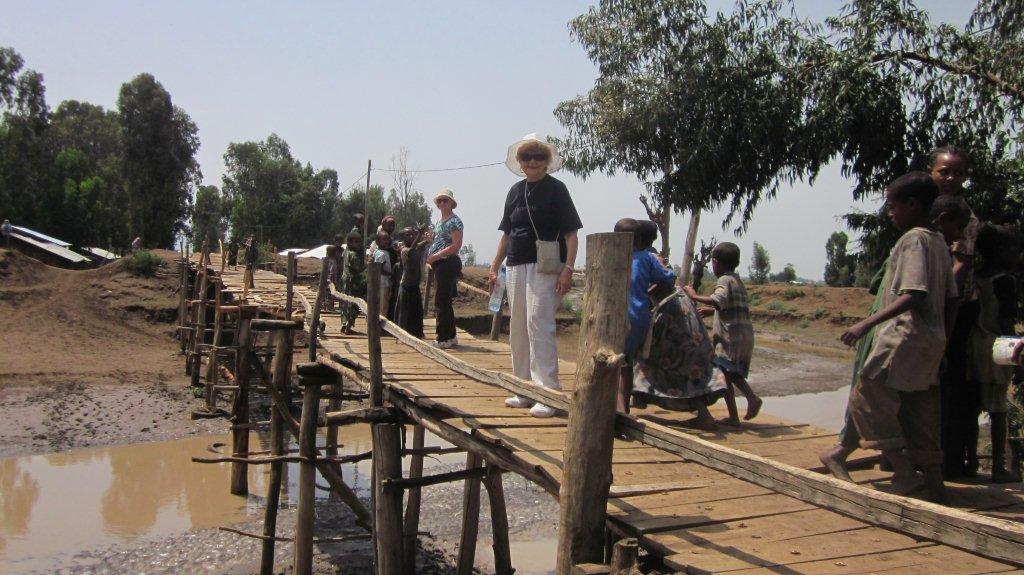
Not far from the center of town, is the river that has provided the village’s primary contaminated water source for years. It provides another challenge for the village, in that it split the village, about 80% live on side and 20% on the other. The river flows very deep and rapidly during the rainy season. The community has a constant battle to keep a bridge in place, as it usually gets washed away during the flooding. In the last three years, the community has rebuilt it twice, only to have it washed away. Since last June, several W2T supporters have been working to find a way to implement a permanent solution for the community. There are some possibilities on the horizon, but they will take time to mature into a real project.
Since our last visit to Robit in November of 2011, good progress has been made. The borehole well is complete, pipeline work is in progress, the reservoir construction is underway, wiring for electricity has been installed and the water points have been constructed. We are prayerful that clean safe water will be flowing for the people of Robit by the end of this year!
As the sky starts to darken, our drivers sound the alarm, suggesting that we get on our way back to Gondar before the rain comes. Having experienced the “road” on the way out, it was not hard to get everyone into the vehicles and start heading back, feeling really blessed to have been able to spend our time with community and to experience their enthusiasm and commitment for the project.
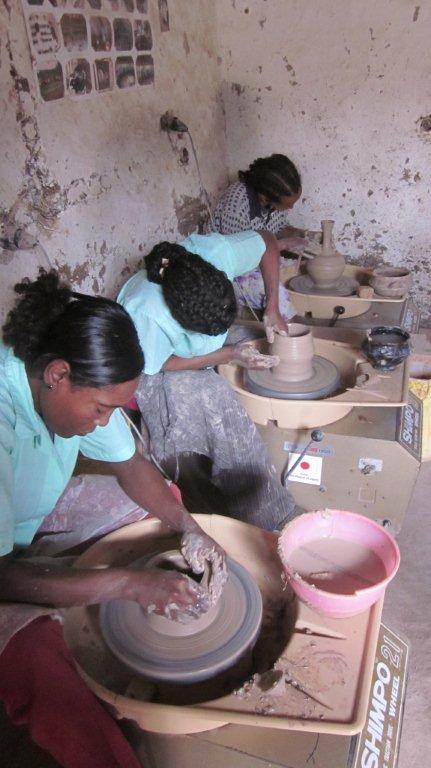
Later in the afternoon, after returning to Gondar, we visit the Ploughshare Women’s Center. Started 16 years ago, it is now a self-sustaining training center for women-headed households. The center takes 16 women at a time to teach them skills in order to earn income for their family support. They stay at the center for 3 months to learn skills like pottery, basket design and weaving, bead work, dying of materials and sewing. The center is now able to sustain it operations on its own through the sale of merchandise in Addis, Gondar and Mekele. And of course, the W2T team did its share to help sustain the operations!

About The Author: Meredith
More posts by Meredith